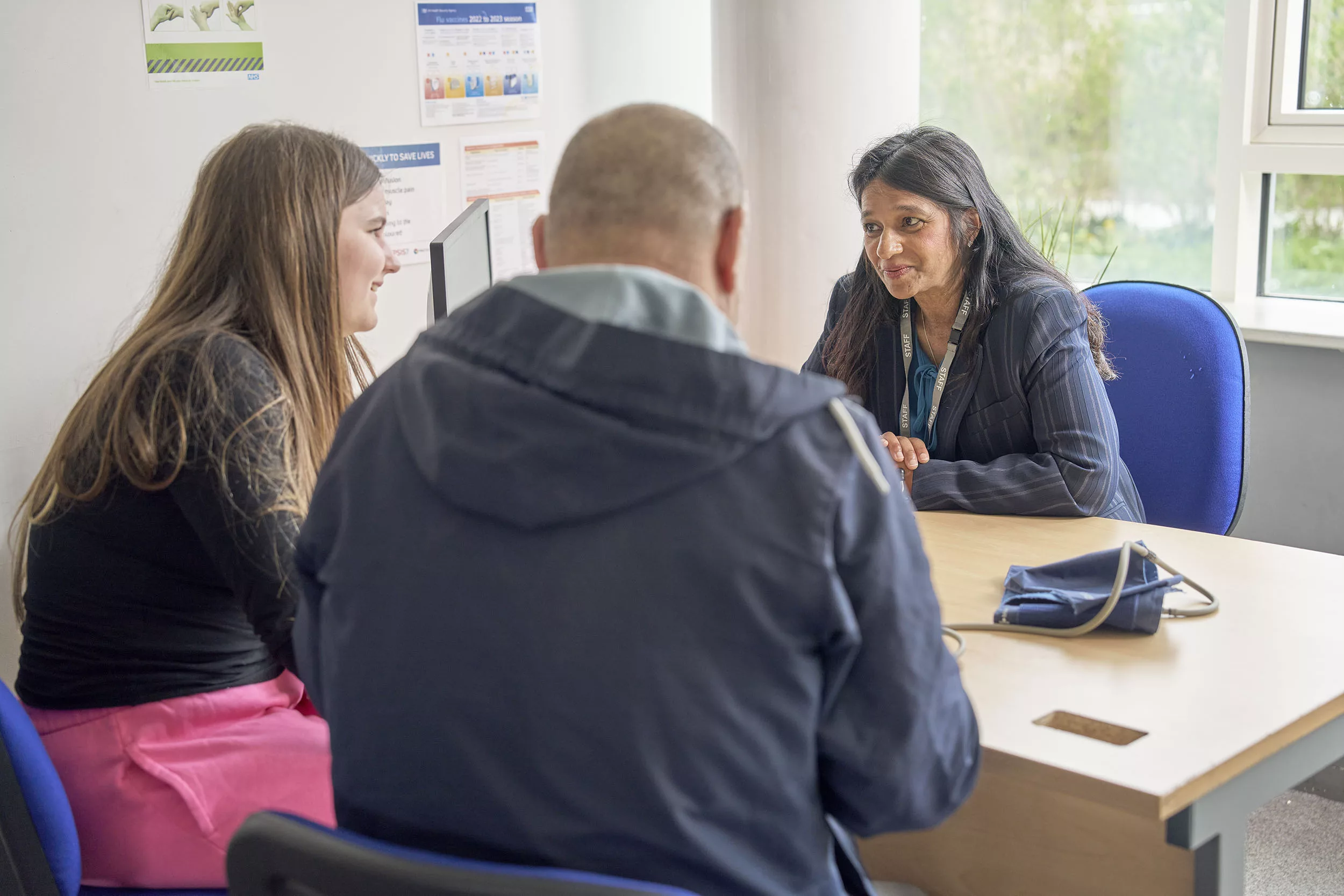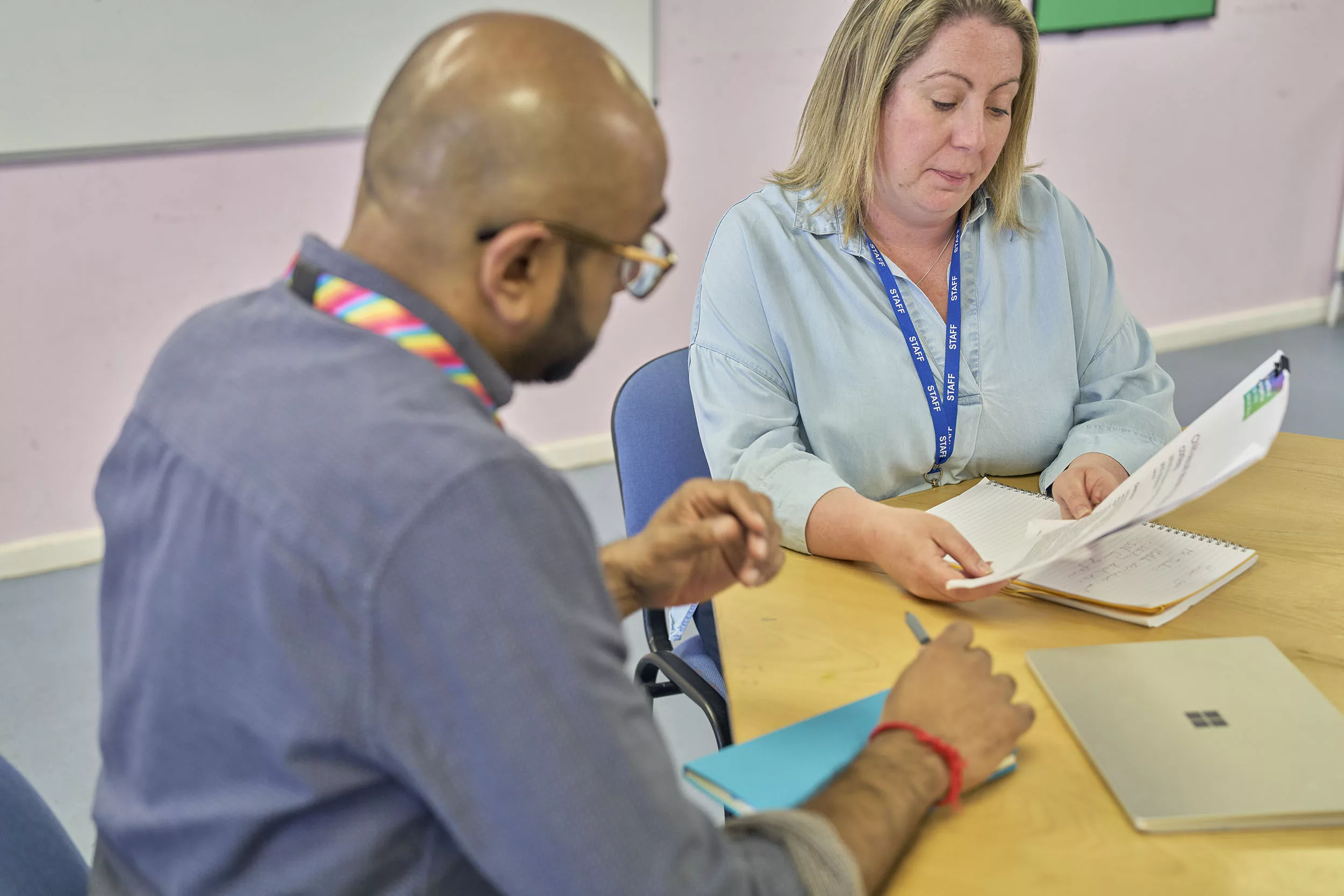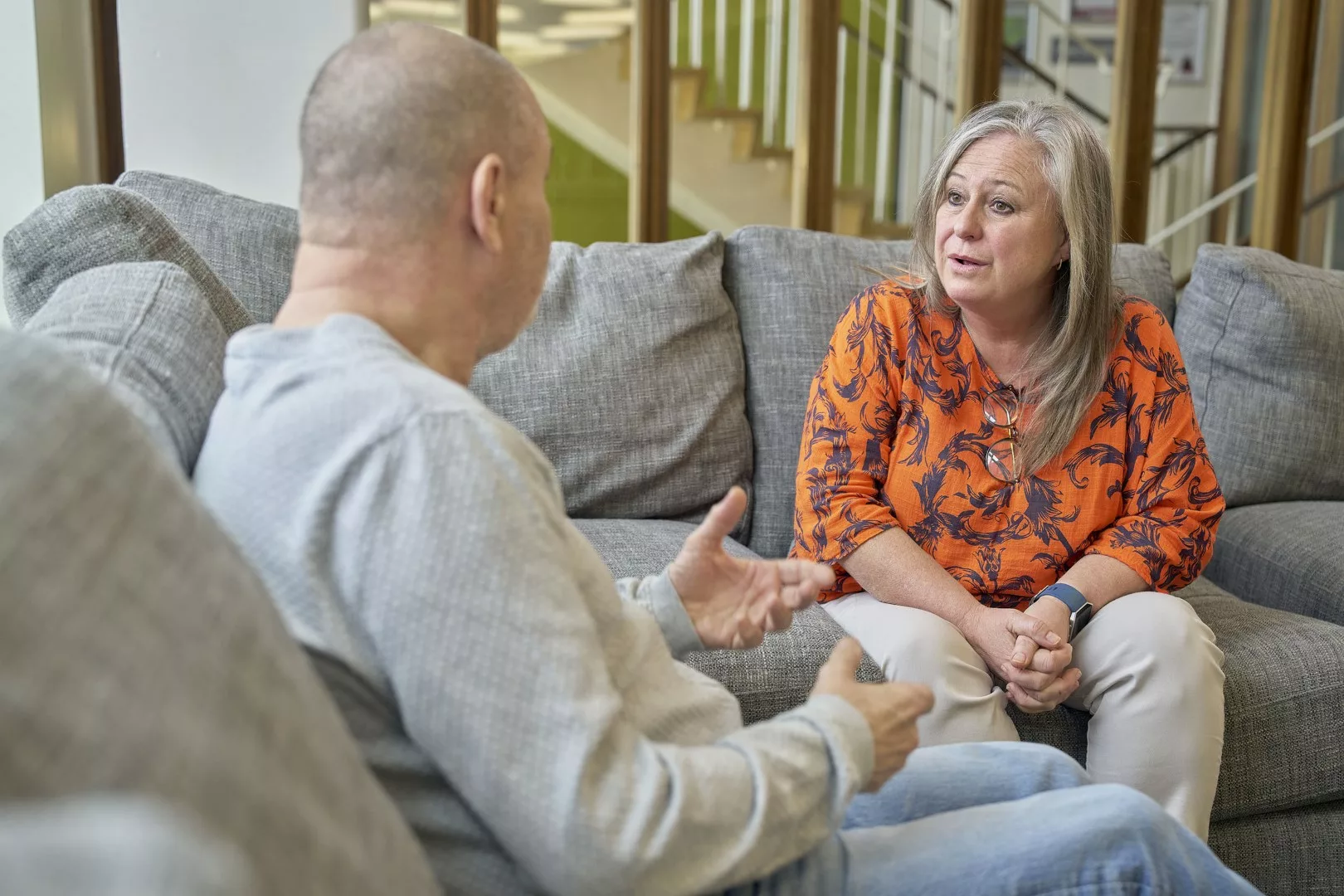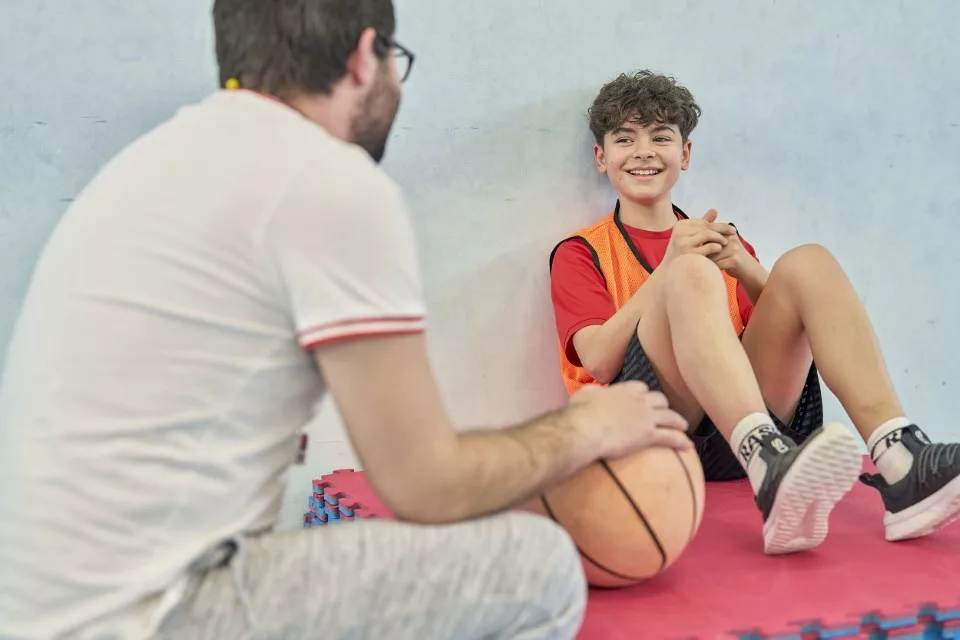
Learning about data collection from practice
We worked with agencies in Wales and Greater Manchester to see how abuse is recorded today.
Understanding how organisations identify and record child sexual abuse can have a major impact on improving our response, and the way in which services are organised and resources prioritised.
As with all data collection in child sexual abuse, the better we can understand the scale and nature of abuse, the better placed we are at addressing it and implementing effective change.
Currently, most cases of child sexual abuse go unidentified for many years, meaning it will not appear in official agency data and that many victims and survivors without support. So the extent to which organisations are able to recognise and record concerns of child sexual abuse is incredibly important. So the extent to which organisations are able to recognise and record concerns of child sexual abuse is incredibly important.
To learn about how official agency data is currently recorded, we worked with services in Local authorities in Wales and and St Mary’s Sexual Assault Referral Centre in Manchester to examine existing reporting methods. In these studies, we reviewed how these could be amended and adjusted to help professionals accurately reflect the scale of care needed
Experiences of children and young people attending a Sexual Assault Referral Centre
Working with Saint Mary’s Sexual Assault Referral Centre in Manchester (St Mary’s SARC), this research explores the value and practicability for agencies to collect core data about the nature of child sexual abuse, the people involved in and affected by it, and associated services.
The study looked at almost 1000 case files, using a set of core data fields, to find out about the people who are accessing the St Mary’s SARC services, and just as importantly, the people who aren’t accessing them.
The study found that the introduction of consistent data collection would be unlikely to add additional burden to the existing data recording ask. In fact, much of the data already existed in the narrative case files; but by moving to methods where information would be collected in a way that is extractable and easier to analyse would allow for better monitoring and comparison across services and localities. The report provides valuable insights which could be used to inform improvements in future practice and service reach.
Learning from children’s services in Wales
Building on our Scale and Nature work, the CSA Centre and the Welsh Government commissioned a study to build a better understanding of the scale of child sexual abuse encountered by local authority children’s services.
The research examined a sample of electronic social care records relating to children in two Welsh local authorities. A total of 44 case files, drawn from across a range of social work interventions, were studied and supplemented by two focus groups with 10 social workers from the two local authorities.
This study highlights significant issues, which we believe have a major impact on current understandings of the scale and nature of abuse, and the way in which services are organised and resources prioritised. The CSA Centre has made 10 recommendations for changes to local and national policy and practice in response.
Find the full report on our publications list.





